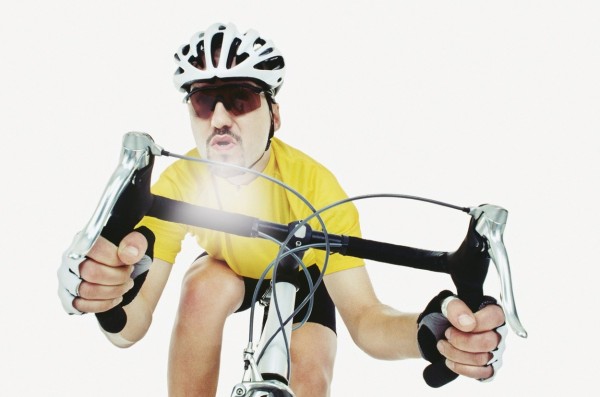Let’s start with a bit of a theory. The principal muscle for breathing is your diaphragm, which looks like a parachute or a jellyfish if you prefer. Unlike what you would imagine, it inflates as you exhale and deflates as you inhale. Pretty confusing, right? It is attached to your lower ribs so when you inhale deeply, you will feel your rib cage expanding.

The reason for this is the resistance of the internal organs to downward movement. As the internal organs are slow to move, the ribs expand to make room for the lungs. Take a deep breath and feel it. As you exhale, the ribs will lower down again. The more air you suck in, the broader your chest will get. It is quite vital to exhale as much air out of the lungs as possible so that there is space for a new inhalation that brings fresh air. Inspirare is a Latin word for inhalation, so there you go. Inhaling is inspiring and who wouldn’t want a lot of inspiration that just floats in for free.
Now that the importance of breath is obvious, let’s play with some simple practices.
I need some space to inhale, I feel like I am choking. I had to take a deep breath in order not to “kill” her. Breathe it out. Something or rather someone might have taken your breath away. All these idioms illustrate how much we rely on our breath. Being able to use it properly saves us time and effort.

In order to concentrate, we need peace and quiet. The same applies to breath. Our mind reacts to our breathing and vice versa. When the breath is peaceful and calm, the mind gets in control of its thoughts and has a space to concentrate. Before you head off for a ride, take some time to still your mind and let it focus on what is ahead of you. It could prevent injuries and allow you to enjoy the scenery or focus on traffic.
If you are getting ready for a race or a longer ride, follow the calming process with a practice of Kapalabhati breathing, which in translation stands for “skull shining breath”. It is a series of sharp, explosive exhales and passive inhales. Exhales are generated by powerful contractions of the lower belly.

When comfortably seated, you can place your hand below your navel to feel how your belly goes in as you exhale. When you emphasize the exhalation, which means you breathe out strongly, the belly will contract in order to push the air out of the lungs. Inhalation will come in naturally. The pace should be slower for beginners and could gradually build up to 2 exhale – inhale cycles a second.
Start with 10 to 20 cycles and increase the number of cycles with each practice. As the translation suggests, Kapalabhati is a cleansing process that stimulates the mind, gets rid of toxins, pumps massive amount of oxygen into blood circulation and leaves you alert, bright and relaxed. It should not be practiced by people with high blood pressure, cardiacs or when sick or suffering from nasal obstructions. The first round might feel like a glass of bubbles, so always take a few regular breaths in between the rounds.
Author of this article not only works for Festka, but also runs her own Yoga studio. If you have anything to ask her, please feel free to do it in the comments below!




